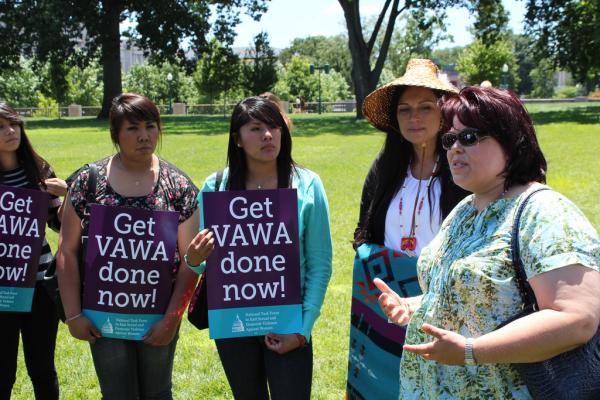By Associated Press
FLAGSTAFF (AP) — Attorneys in federal cases stemming from crimes on American Indian reservations have new guidance on what’s needed to prove a defendant is Indian.
Federal authorities have jurisdiction over major crimes on tribal land when the victim, suspect or both are American Indian. A two-part test determines who is Indian.
The 9th U.S. Circuit Court of Appeals revised the first part of that test in an opinion Tuesday — no longer requiring that the degree of Indian blood be traced to a federally recognized tribe — and restored an Arizona man’s 90-year sentence on assault and firearms charges.
The court said evidence at trial was enough to find Damien Zepeda is American Indian. Zepeda, an enrolled member of the Gila River Indian Community, disagreed.
“That’s why it was so important to clarify that the proof in this case was sufficient,” said Arthur Hellman, a University of Pittsburgh law professor who monitors the 9th Circuit. “This will lay down the rule for future prosecutors.”
In 2013, a three-judge panel of the 9th Circuit ruled prosecutors did not prove beyond a reasonable doubt that Zepeda’s bloodline of one-quarter Pima and one-quarter Tohono O’odham derived from an American Indian tribe recognized by the U.S. Bureau of Indian Affairs. It reversed all but one of nine convictions and ordered a lower court to resentence him.
The panel also said federal recognition of a tribe is a matter for a jury to decide.
The court revised its opinion in September 2013 and said federal recognition is a question of law to be decided by a judge. The full 9th Circuit agreed Tuesday.
The new opinion reinstates Zepeda’s convictions and sentence, and modifies what’s known as the Bruce test for determining who is American Indian.
Under the revised test, a defendant still must be a member of or affiliated with a federally recognized tribe, and have a degree of Indian blood. But the defendant’s blood quantum no longer must be traced to a federally recognized tribe.
The full 9th Circuit said the test was satisfied with Zepeda’s tribal enrollment certificate, testimony by Zepeda’s brother that their father was an Indian, and the Gila River Indian Community being a federally recognized tribe.
Zepeda’s attorney, Michele Moretti, said Wednesday she would appeal to the U.S. Supreme Court. Federal prosecutors declined to comment.
The 9th Circuit had placed several other cases dealing with Indian status on hold until it addressed the question in Zepeda’s case.
The court was unanimous its ruling, but Judges Alex Kozinski and Sandra Ikuta disagreed with the reasoning. They said the Bruce test as refined by the majority violates equal protection rights because it turns on race, not political affiliation.
Kozinski said the U.S. Supreme Court has stressed that federal regulation of tribes does not equate to federal regulation of the Indian race.
“Damien Zepeda will go to prison for over 90 years because he has ‘Indian blood,’ while an identically situated tribe member with different racial characteristics would have had his indictment dismissed,” Kozinski wrote.
Rob Williams, a University of Arizona law professor, said the cases raises interesting questions about identity, who asserts that identity and what makes someone Indian.
Standards vary among federal agencies that administer benefits to tribes and in the court system about what defines Indians, he said. Some tribes use blood quantum to determine membership, while others require ancestry to be traced to the original rolls.
“This is what is unique about federal Indian law as opposed to other countries,” he said. “There is no uniform definition of who an Indian is.”



